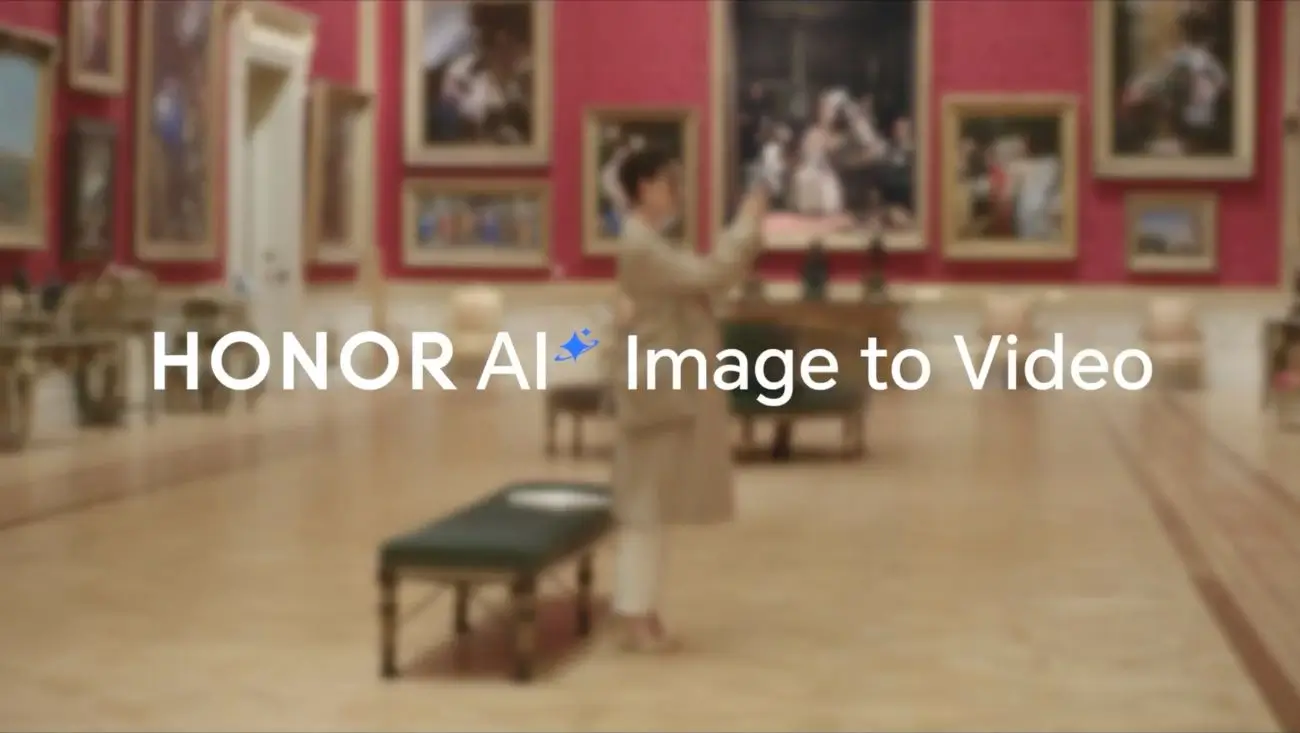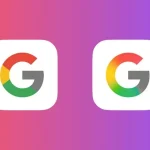Honor has introduced a revolutionary AI feature for its Honor 400 series, enabling users to transform still photos into short videos through a collaboration with Google, as announced on X The “AI Image to Video” tool, powered by Google’s advanced AI models, allows for the creation of five-second clips from various image types, including real-life photos, artworks, and AI-generated images. This innovation, set to debut on May 22, 2025, underscores Honor’s focus on enhancing creativity, but it also raises questions about accessibility and the broader impact on digital media.
The AI Image-to-Video feature leverages Google Cloud’s Imagen models to animate static images, adding movement and context to create engaging videos. The Verge highlights that this capability is a key differentiator for the Honor 400 series, which includes both mid-range and upper mid-range models. The feature’s promotional video, shared on X, demonstrates its use within a virtual art gallery, where iconic paintings like the Mona Lisa and Van Gogh’s self-portrait come to life. Forbes notes that the five-second videos are tailored for social media, making them ideal for platforms like Instagram or TikTok. This aligns with trends in AI-driven creative tools, where technology enhances user expression, similar to Google’s efforts with personalized education tools.
Honor’s partnership with Google is central to this feature’s development. NotebookCheck reports that the AI Image-to-Video tool is co-developed with Google Cloud, ensuring high performance and seamless integration with Honor’s hardware, which features a 200-megapixel AI-enhanced camera. This collaboration builds on Google’s expertise in AI, as seen in models like Gemini, which have been advancing image and video processing. The feature’s launch could pressure competitors to adopt similar technologies, reflecting competitive dynamics in AI communication tools, where innovation drives industry standards. However, the resource-intensive nature of this AI capability raises concerns about its accessibility for all users, a challenge often discussed in AI accessibility efforts.
The digital divide poses a significant challenge to the widespread adoption of this feature. Not all users may have the devices or data plans to fully utilize such advanced AI, a concern mirrored in AI privacy debates about equitable access to technology. Additionally, the feature’s reliance on Google’s cloud infrastructure raises questions about data privacy and dependency on external services, topics often explored in cybersecurity discussions. Honor’s ability to address these issues will be crucial to its success and the feature’s impact on the market.
The AI Image-to-Video feature represents a new frontier in smartphone creativity, offering users a tool to reimagine their photos and art. As AI continues to evolve, features like this could transform how we engage with digital media, though they also highlight the need for inclusive innovation. What do you think about Honor’s AI Photo-to-Video tool—does it enhance creativity, or does it raise concerns about accessibility? Share your thoughts in the comments—we’d love to hear your perspective on this groundbreaking feature.







